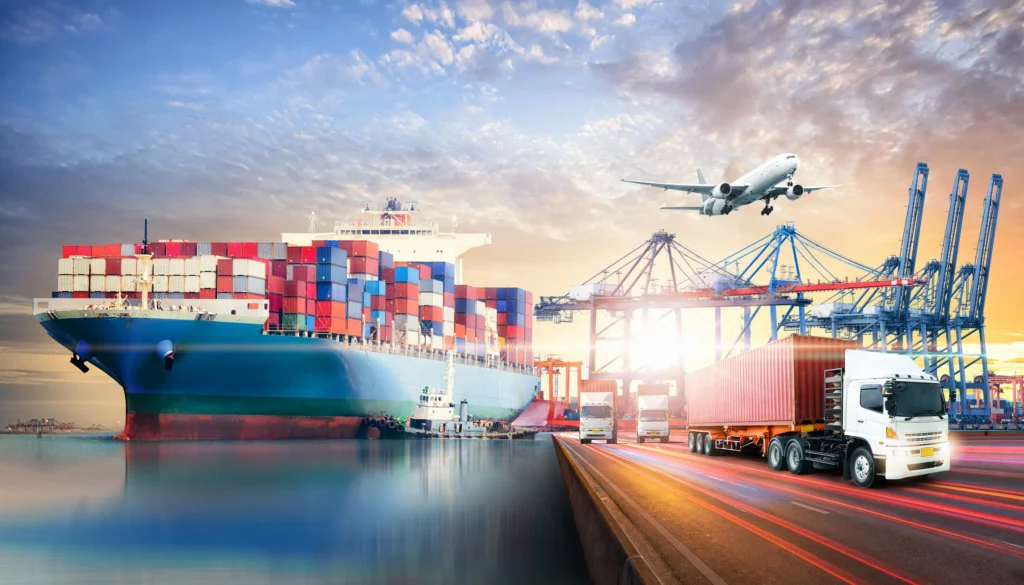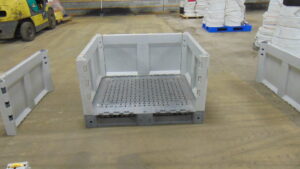
Any modern economy is built on logistics, and in the Philippines this industry has experienced amazing changes recently. Having more than 7,600 islands, the nation has had great difficulties simplifying logistics and shipping. But changes in infrastructure, technology, and customer expectations have changed the scene of logistics status. The following shows the main developments influencing the Philippine maritime sector.
Technological Developments: Prominent Efficiency
For Philippine logistics, technology has proved revolutionary. Digital platforms, automation, and artificial intelligence taken together have greatly raised operational efficiency. To improve dependability and openness in shipping operations, businesses today use GPS monitoring systems, digital documentation, and real-time updates. Particularly e-commerce sites have driven the development of logistical systems. Businesses are utilizing tech-driven solutions such as automated warehouses, route optimization, and data analytics to match consumer expectations for faster deliveries as online buying soars.
E-commerce explosion and last-minute delivery

As e-commerce has grown, Philippine logistics has been transformed. Strong delivery systems are now in need thanks to sites like Lazada, Shopee, and Zalora to serve both urban and rural locations. As businesses try to effectively reach far-off areas, last-mile delivery has grown to be a major concern. Companies in archipelago areas have started including sea and air transportation choices into their operations in order to handle logistical difficulties. To guarantee fast last-mile delivery, one is looking at using motorcycles, small cars, and even drones.
Building Infrastructure
Additionally greatly influencing the logistics sector is the “Build, Build, Build” program of the Philippine government. Roads, bridges, and seaports, among other infrastructure improvements, have enhanced island-to-province communication. These advances have simplified product movement, cut transit times, and lowered logistical costs, therefore increasing the industry’s competitiveness.
Logistics’ Sustainability
Another trend catching hold in the Philippine maritime sector is sustainability. Businesses are embracing environmentally friendly policies, including greener packaging ideas, route optimization to cut fuel consumption, and electric vehicle usage. These steps not only reduce environmental effects but also fit with world sustainability criteria.
The road ahead
In the Philippines, the logistics status industry keeps changing quickly. The sector is ready for even more creativity as customer needs rise and technology develops farther. Infrastructure gaps and difficult topographies still exist, but with ongoing investment and adaptation, the Philippines’ logistics seems to have a bright future.
All things considered, technical innovation, government programs, and the rising impact of e-commerce define the change of logistics in the Philippines. Long-term development and resilience are being paved by these developments, which are transforming a more sustainable, customer-centric, and efficient shipping sector.






